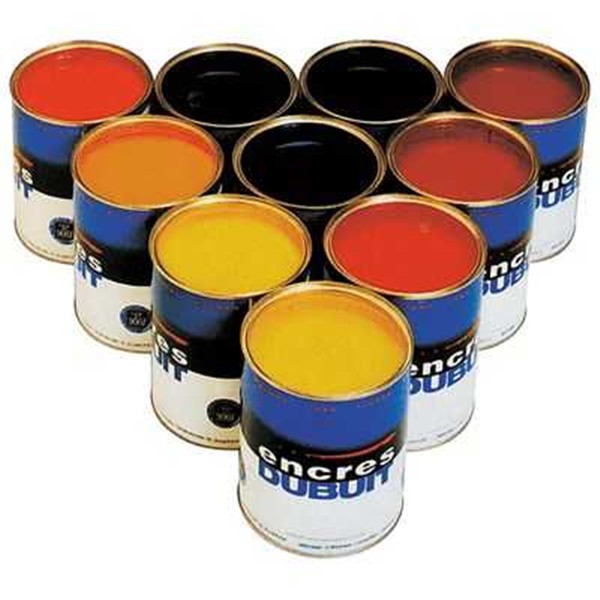[Chinese Packaging News] High-pigment-content fluorescent inks often suffer from stacking, emulsifying, and two or three times the need for printing to achieve the desired hue and luminosity during the printing process. In fact, high-quality fluorescent inks can approach general four-color inks in terms of printing performance. The main reason for the above misunderstandings is that the supply of high-quality fluorescent inks in the market is relatively small and the selling price is relatively high, making the purchasers of printing companies generally choose to be relatively low. The price of the product. This article will share the technical methods and standards for the production of fluorescent inks in order to facilitate the readers' knowledge of fluorescent inks and make a choice when selecting them. 1. Hue and Fluorescence Standards for Fluorescent Inks Generally speaking, the famous domestic or foreign ink factory will use imported fluorescent ink as raw material, and the hue and fluorescence standard are generally dominated by the number of PMS 801-807 in the “Plant†booklet. Therefore, the fluorescent ink used in the production of fluorescent inks can be consistent with the requirements in the “Plant†book under both standard and UV light sources, both in terms of hue and fluorescence. At the same time, all ink factories that use the "PANTONE" number must send inks they produce to Pantone, the United States. After being qualified by Pantone, they can sell the names and numbers of "PANTONE". In addition, most of the designers and print buyers also use the standard represented by the number in the "PANTONE" book to design or to receive the standard. Therefore, the purchase of non-standard fluorescent ink not only affects its printing performance, but also because it can not reach the print buyer requirements of the hue and fluorescence and lose orders. 2. Consequences of insufficient fluorescent ink concentration High-quality fluorescent ink can reach the standard when the content of fluorescent ink is 65%-75%, so its price is higher. When using fluorescent inks with low price and low content of fluorescent ink, it takes two or three times to print to meet the standard and time-lapse. 3. Frequent problems and causes of general low-price fluorescent ink printing Because the high-quality fluorescent ink is made of imported high-quality fluorescent ink, it is different from the general four-color ink in the ink formulation and the selection of the linking material/adjuvant, otherwise it is difficult to keep the fluorescent ink on the basis of its proper concentration. Has good printing performance. Compared with low-cost, inexpensive fluorescent inks, in addition to reducing the price of pigments on the goods, the use of specially selected binders/auxiliaries also increases the concentration of fluorescent ink to make them higher in concentration. There is no way to avoid the following when printing. (1) After printing of 300 to 500 sheets, there are cases of stacking of ink and excessive emulsification due to a decrease in the water resistance of the ink. (2) Because the ink is difficult to disperse, the ink cannot be uniformly transferred to the substrate during printing. (3) The phenomenon of flying ink is easy, and printing cannot be completed at a higher speed. Taihe Fangyuan Muye Co.,Ltd , https://www.fyofficefurniture.com